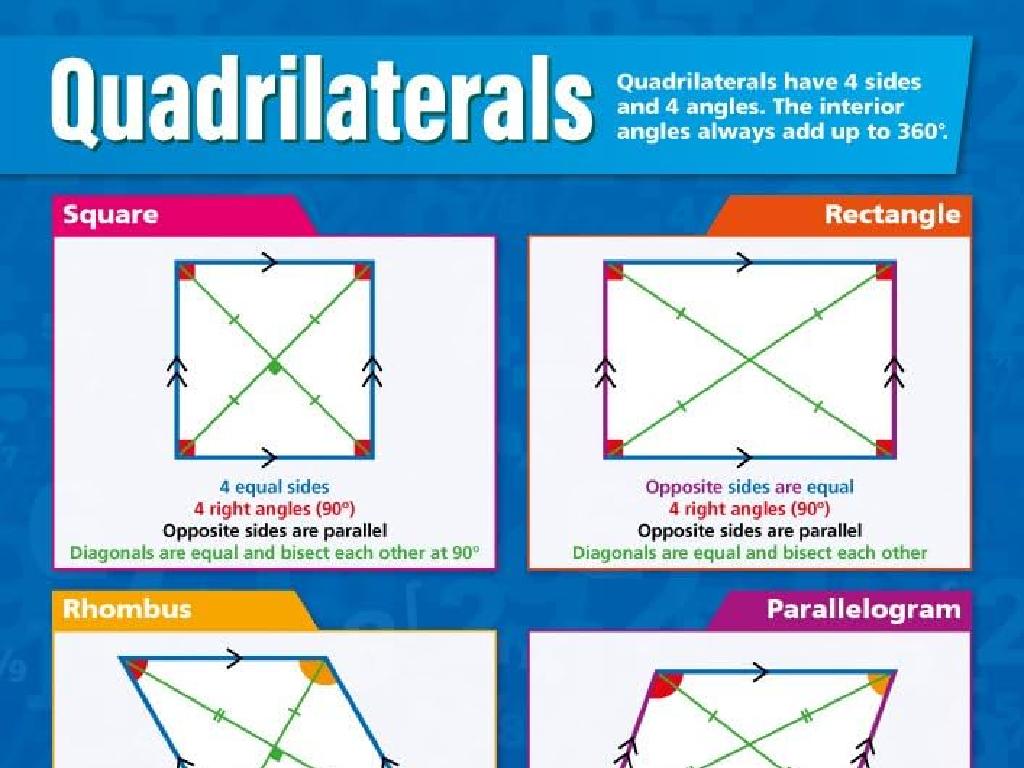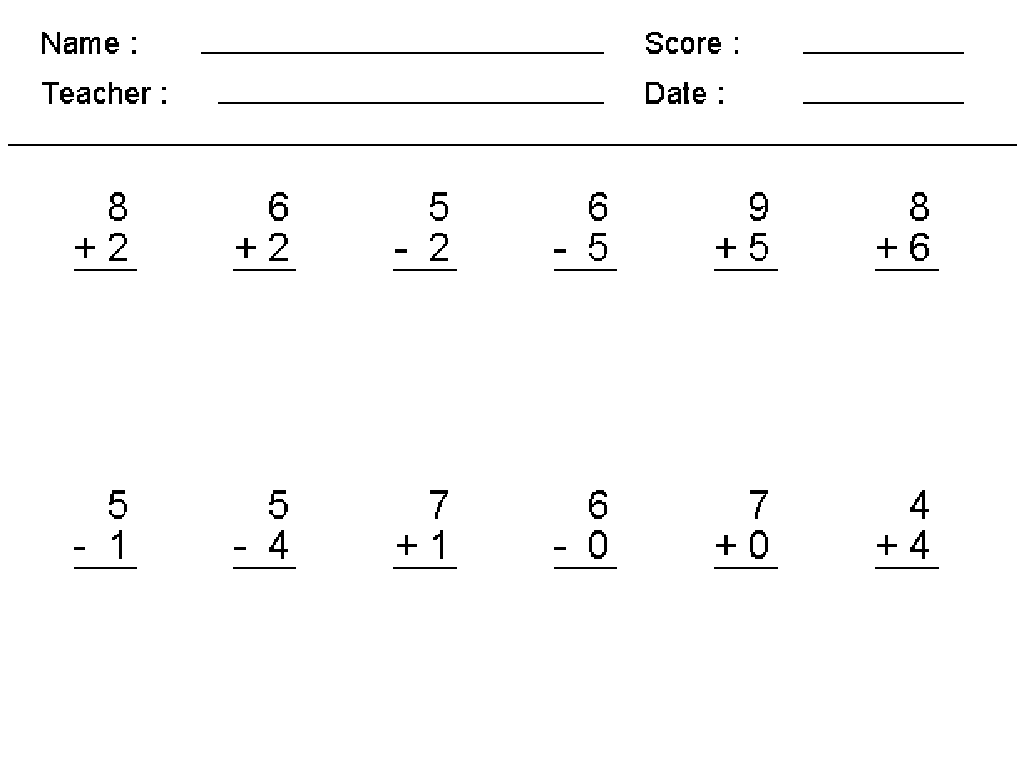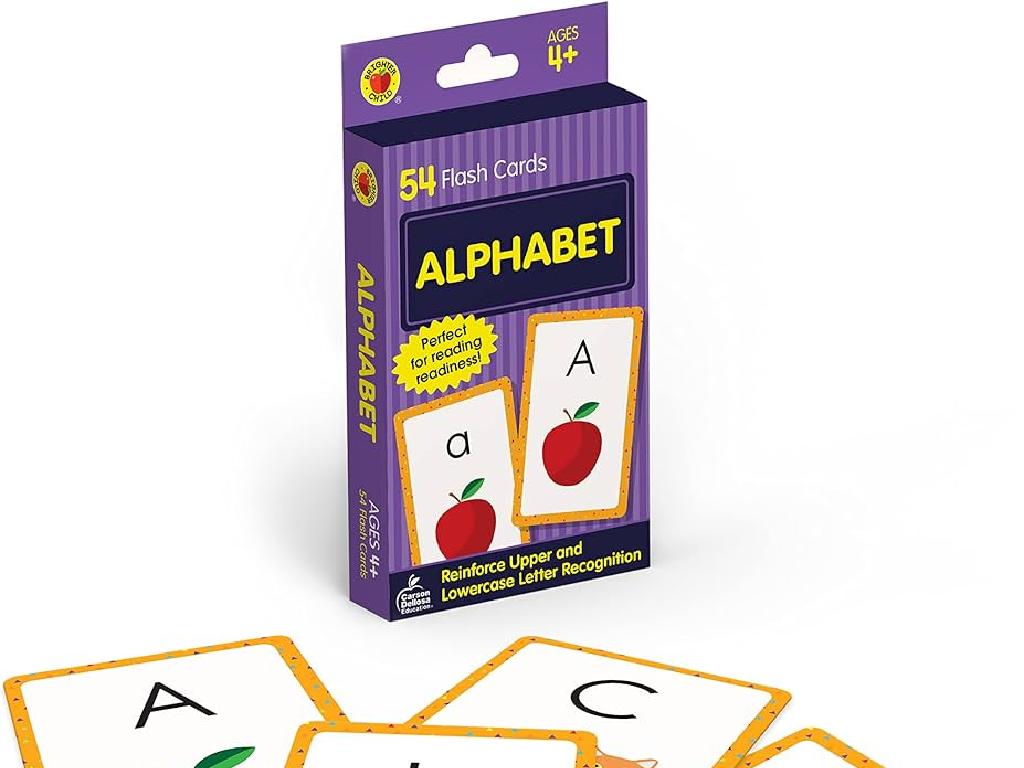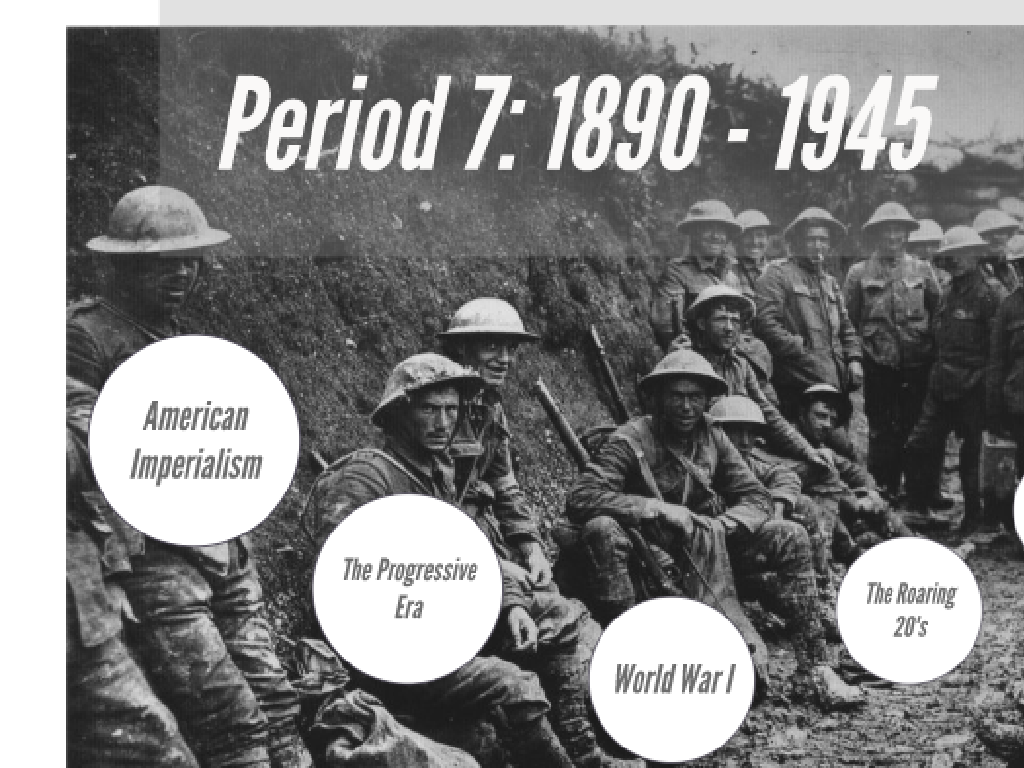Subtraction Up To Three Digits: Fill In The Missing Digits
Subject: Math
Grade: Third grade
Topic: Subtraction: Three Digits
Please LOG IN to download the presentation. Access is available to registered users only.
View More Content
Welcome to Subtraction!
– Becoming subtraction experts
– Subtraction in daily life
– Like when we spend money or measure ingredients
– Subtracting up to three digits
– Learn to subtract numbers like 456 – 123
– Practice with examples
– We’ll fill in missing numbers in problems
|
Today’s lesson is designed to introduce students to the concept of subtraction with numbers up to three digits. Emphasize the importance of subtraction in everyday scenarios, such as calculating change or measuring the amount of ingredients needed for a recipe. Provide clear examples of how to subtract three-digit numbers, and ensure to explain the process step by step. Encourage students to think of subtraction as ‘taking away’ and use visual aids if possible. The class will involve hands-on practice where students will solve subtraction problems and learn to fill in missing digits. Prepare to guide them through several examples and offer support as they try on their own.
Understanding Subtraction
– Subtraction means taking away
– If you have 5 apples and eat 2, you subtract 2 from 5.
– It finds the difference between numbers
– For example, 7 – 3 shows how much more 7 is than 3.
– Imagine sharing cookies with friends
– If you start with 10 cookies and give 3 to a friend, how many do you have?
– How many cookies are left?
– Subtract the number given away from the total to find out.
|
Subtraction is a fundamental math concept that helps us understand how much is left when we take some away from a larger amount. It’s important to relate this to real-life situations that third graders can understand, like sharing cookies. This slide will introduce the concept of subtraction by explaining it as taking one number away from another and finding out what remains. Use examples that are relatable to the students, such as sharing food or toys, to illustrate the concept of subtraction. Encourage the students to think of their own examples of subtraction from their daily lives.
Subtraction Vocabulary
– Minuend: Starting number
– The top number in a subtraction problem
– Subtrahend: Number subtracted
– The bottom number in a subtraction problem
– Difference: Subtraction result
– What you get after subtracting
– Fill in missing digits
– Practice with examples like 504 – ___ = 472
|
This slide introduces the basic vocabulary of subtraction that students need to understand. The minuend is the number from which another number (the subtrahend) is subtracted. The difference is the result of this operation. Emphasize these terms with examples and ensure students can identify each part in a subtraction problem. For homework, provide problems where students fill in the missing digits, reinforcing their understanding of the relationship between the minuend, subtrahend, and difference. Use number lines or counters to visually demonstrate the concept if needed.
Subtracting with Place Values
– Understand place values in numbers
– Ones, tens, hundreds are place values
– Subtract digits starting from the right
– Always start subtracting from the ones place
– Learn to borrow from the next place
– If a place is too small to subtract from, get help from its neighbor!
– Practice with examples
– Example: 452 – 168; start with 2 – 8, borrow from tens
|
This slide introduces the concept of place values in subtraction for three-digit numbers. Emphasize the importance of understanding ones, tens, and hundreds. Guide students through the process of subtracting each place value, starting from the rightmost digit. Explain borrowing, a technique used when the digit in the current place is not large enough to subtract from. Provide examples and encourage students to practice with different numbers to solidify their understanding. For homework, assign problems that require borrowing across different place values to ensure students grasp the concept.
Let’s Try Together: Subtraction with Borrowing
– Start with the ones place
– If ones place is smaller, borrow 10 from the tens place
– Borrow from the tens place
– After borrowing, subtract ones place: 12 – 4
– Subtract the tens place
– Move to tens place: 4 (now 3) – 6
– Continue with the hundreds
– Finally, subtract hundreds place: 3 – 1
|
This slide is an interactive example to teach students the concept of borrowing in subtraction. Begin by explaining that when the top number in the ones place is smaller than the bottom number, we need to ‘borrow’ from the next highest place value. Walk through the process step by step, ensuring to highlight the change in the tens place after borrowing. Encourage students to follow along with their own paper and pencil, and pause after each step to check for understanding. After completing the example, ask students to try similar problems, and provide immediate feedback.
Subtraction: Fill in the Missing Digits
– Understanding incomplete problems
– Using subtraction to find missing digits
– Apply subtraction rules to uncover unknown numbers
– Example: Solve a subtraction problem
– 523 – ?34 = 489. What digit is missing?
– Practice with different problems
|
This slide introduces the concept of solving subtraction problems with missing digits, a skill that enhances critical thinking and understanding of place value. Begin by explaining that sometimes in math, not all information is given, and we need to use our knowledge to find the missing pieces. Demonstrate with an example, such as 523 – ?34 = 489, and guide students through the process of finding the missing digit by considering what number subtracted from 3 gives 9 (with borrowing involved). Encourage students to look for patterns and use logical reasoning. Provide several practice problems with varying levels of difficulty and ensure to include problems that require borrowing across zeros, as this can be a challenging concept for third graders.
Subtraction: Fill in the Missing Digits
– Understand the problem
– What is ___ – 256 = 97 asking us to find?
– Align the numbers correctly
– Write the numbers in columns: ones, tens, hundreds
– Subtract to find the missing number
– Use subtraction: Start from the ones place to the hundreds
– Check your answer
– Add 256 to 97 to see if it equals the missing number
|
This slide introduces students to solving subtraction problems with a missing digit. Start by reading the problem aloud and discussing what is being asked. Emphasize the importance of aligning numbers by their place values to ensure accurate subtraction. Walk through the subtraction process step by step, borrowing from the next column if necessary. After finding the missing number, encourage students to check their work by reversing the operation: adding the subtracted number to the result should yield the original missing number. Provide additional examples and practice problems to reinforce the concept.
Practice Time: Subtraction with Borrowing
– Try solving subtraction problems
– Check the place values carefully
– Ones, tens, hundreds places matter
– Remember borrowing from the next column
– If a column can’t subtract, borrow from the next
– Solve for the missing digits
– Fill in the blanks with correct numbers
|
This slide is designed to give students hands-on practice with three-digit subtraction problems, emphasizing the concept of borrowing. Encourage students to solve problems step-by-step, starting from the ones place and moving to the tens and hundreds, borrowing as needed. Remind them to align the numbers by place value before starting. Provide several examples with different borrowing scenarios to ensure they understand the process. For instance, if subtracting in the tens place requires borrowing, show them how to take from the hundreds. Have students work on problems individually, then review as a class to reinforce learning.
Class Activity: Subtraction Bingo
– Receive your Subtraction Bingo card
– Find and solve subtraction problems
– Look for subtraction problems up to three digits
– Fill in missing digits to complete a line
– Use your subtraction skills to find the right numbers
– Shout ‘Bingo!’ when you finish a line
|
This interactive class activity is designed to help students practice and reinforce their subtraction skills in a fun and engaging way. Distribute the bingo cards, each with a variety of subtraction problems missing one or more digits. Students must solve the problems to find the missing numbers. The first student to complete a horizontal, vertical, or diagonal line on their card and shout ‘Bingo!’ wins. Possible variations of the activity could include: 1) Timed rounds to add a sense of urgency, 2) Prizes for winners to motivate participation, 3) Pairing up students to promote teamwork, 4) Using different difficulty levels of cards to cater to varying skill levels within the class. This activity not only helps with subtraction but also with attention to detail and problem-solving under a playful scenario.
Subtraction Success!
– Congratulations, subtraction stars!
– Keep practicing missing digits
– Try more problems at home to become a subtraction expert.
– More subtraction skills ahead
– We’ll tackle larger numbers and trickier problems next.
– Excited for our next math adventure?
|
This slide is meant to wrap up the lesson on three-digit subtraction with a positive reinforcement for the students’ hard work. Encourage them to continue practicing at home to solidify their understanding of filling in missing digits. Preview the upcoming lesson to build excitement about learning more complex subtraction problems. Provide some example problems for home practice and remind them of the strategies they’ve learned to find the missing digits. Celebrate their progress and foster a sense of anticipation for the next challenge.






